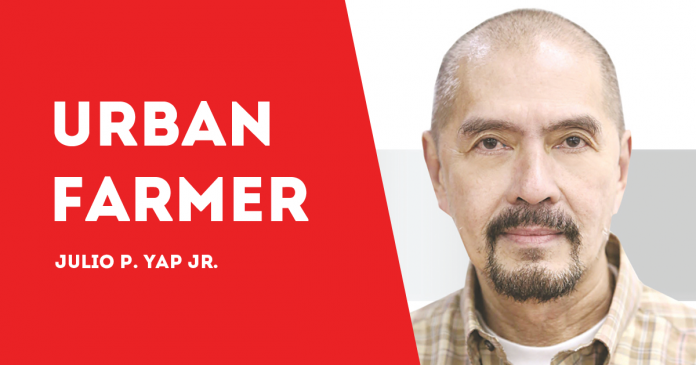
IRRIGATION plays a vital role to attain a sustainable crop production.
But the unstable water supply for agriculture calls for an efficient use of irrigation water, among other measures.
Achieving sustainable food production amidst various concerns for water availability in agriculture remains to be a challenge.
Among the crops which need a stable source of irrigation water is sugarcane plantations.
This challenge in sugarcane production was addressed by a project of the Central Luzon State University (CLSU) dubbed “Comparative study of subsurface drip and furrow irrigation systems for improving sugarcane yield and water productivity.”
It aims to increase sugarcane yield by about 30 percent through the use of smart irrigation technologies.
The project is funded by the Philippine Council for Agriculture, Aquatic and Natural Resources Research and Development of the Department of Science and Technology (DOST-PCAARRD) through its Industry Strategic S&T Program (ISP) on Sugarcane.
Results of the study were presented during the Terminal Review of the program titled “Boosting the sugarcane industry through smart farming and processing techniques” that was organized by the Agricultural Resources Management Research Division of PCAARRD.
Based on the study, furrow irrigation performed better in sugarcane production.
It is a type of surface irrigation system where ridges and furrows are created in between the rows of the crops.
These ridges and furrows allow water to flow evenly to the crops through gravity.
Subsurface drip irrigation (SDI) also showed a potential in increasing sugarcane yield.
SDI uses drip tubes or drip tape buried under the soil to supply water to the crop, where irrigation water is directly supplied to the crop’s roots and not the soil surface.
Based on a survey that was made prior to the conduct of the study, sugarcane yield was higher at 80.6 tons cane per hectare (TC/ha) with irrigation, compared with 62.5 TC/ha without irrigation.
It was also learned that furrow irrigation is commonly used in the irrigated farms.
The project studied furrow and SDI, as well as farmer’s practice.
Estimated sugar produced from the crop was 338 bags through furrow irrigation, 295 bags under SDI, and 130 bags through the usual farmer’s practice.
From the ratooned crop, the number of bags produced was 236, 182, and 65 for furrow irrigation, SDI, and farmer’s practice, respectively.
Average crop height at 12 months after planting (MAP) was highest in furrow irrigation at 388 centimeters (cm), followed by SDI at 330 cm, and control at 225 cm.
In terms of average yield for the period of one year, 199.25 TC/ha was recorded under furrow irrigation, followed by 273.03 TC/ha under SDI, and 130.26 TC/ha under farmers’ practice.
Water savings of crop produced from both furrow irrigation and SDI was at 61.78 percent, while 40.99 percent water savings was recorded from ratooned crop production.
According to the project team led by Dr. Armando N. Espino, Jr. of CLSU, furrow irrigation is recommended when water is readily accessible and labor is cheap.
Meanwhile, the study showed that SDI can be recommended where water is limited./PN


